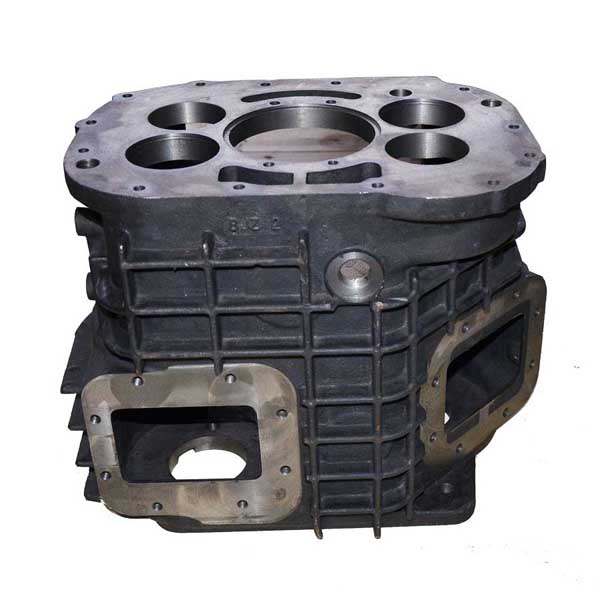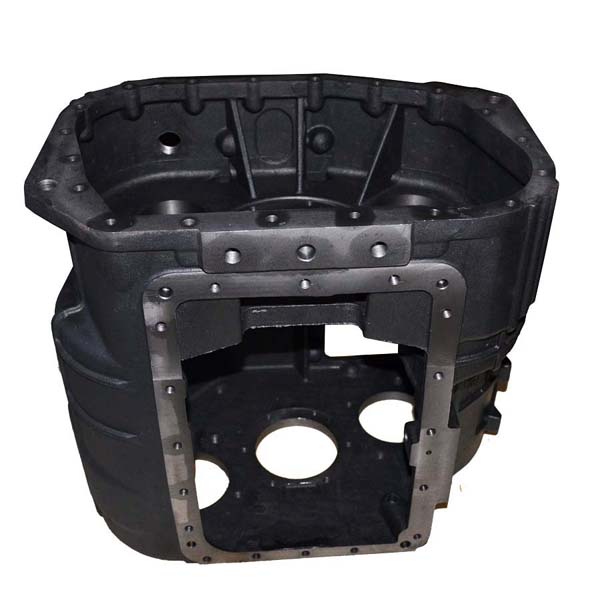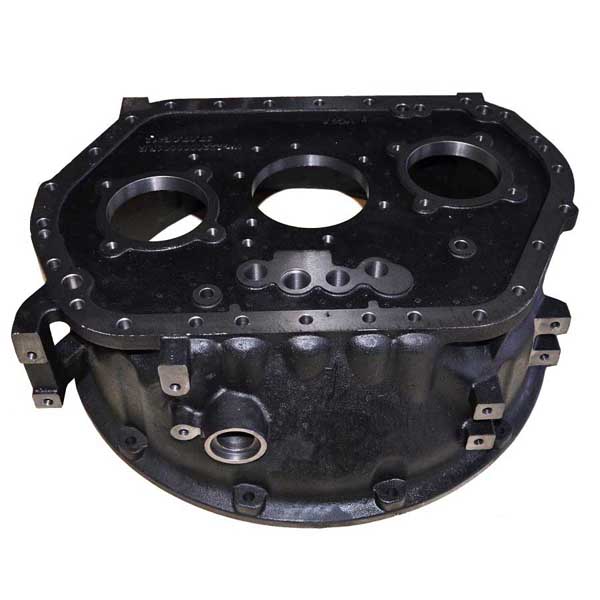Lost Foam Casting vs Vacuum Casting |
||
| Item | Lost Foam Casting | Vacuum Casting |
| Suitable Castings | Small and medium-sized castings with complex cavities, such as engine block, engine cover | Medium and large castings with few or no cavities, such as cast iron counterweights, cast steel axle housings |
| Patterns and Plates | Foam patterns made by moldings | Template with suction box |
| Sand Box | Bottom or five sides exhaust | Four sides exhaust or with exhaust pipe |
| Plastic Film | The top cover is sealed by plastic films | All sides of both halves of sand box are sealed by plastic films |
| Coating Materials | Water-based paint with thick coating | Alcohol-based paint with thin coating |
| Molding Sand | Coarse dry sand | Fine dry sand |
| Vibration Molding | 3 D Vibration | Vertical or Horizontal Vibration |
| Pouring | Negative Pouring | Negative Pouring |
| Sand Process | Relieve negative pressure, turn over the box to drop sand, and the sand is then reused | Relieve negative pressure, then the dry sand falls into the screen, and the sand is recycled |
The lost foam casting eliminates the need for sand binders and cores. The sand is unbonded and a foam pattern is used to form the shape of the casting. The foam pattern is "invested" into the sand at the Fill & Compact process station allowing the sand into all voids and supporting the foam patterns external form. The sand is introduced into the flask containing the casting cluster and compacted to ensure all voids and shapes are supported.
The flask is transported to the pouring operation. The foam is evaporated as the metal is poured allowing the metal to take the shape of the casting cluster. Separation of sand and metal is accomplished at a Flask Dump Station. With no binders in the sand this process is performed with ease. Systems can be designed to accommodate quenching operations if required. The cluster proceeds to the casting finishing area for sprue, gate and riser removal. The sand is reprocessed by classification and cooling to be re-used. Thermal reclamation of the sand will extend the useful life. Lost Foam offers an environmentally friendly process with the added advantage of more accurate casting.
Foam patterns are created from polystyrene beads. The beads start as hard granules, very similar in size and shape to sand granules. The beads are expanded, allowed to stabilize and then molded into the desired shape. More complex shapes require multiple patterns to be glued together. The assemblies are then attached to a generic, central foam piece called a tree. Multiple patterns can be produced on a single tree. After assembly, the entire tree is dipped into a refractory coating to strengthen the tree. The assembled, strengthened tree is attached to a pouring funnel (called a sprue) and placed into the flask.
RMC is recognized as the World Leader in lost foam technology. We provide a comprehensive line of lost foam equipment, including flask pouring, flask handling and flask compaction. Our line of foam bead processing equipment is recognized world wide as the industry standard. Below are some of the items we design and manufacture for the lost foam process.
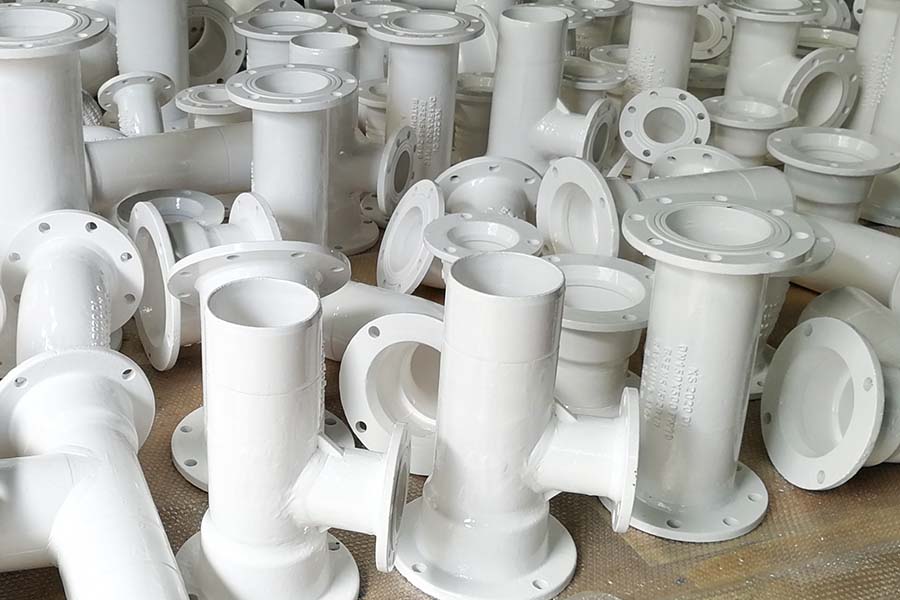 Foam Patterns
Foam Patterns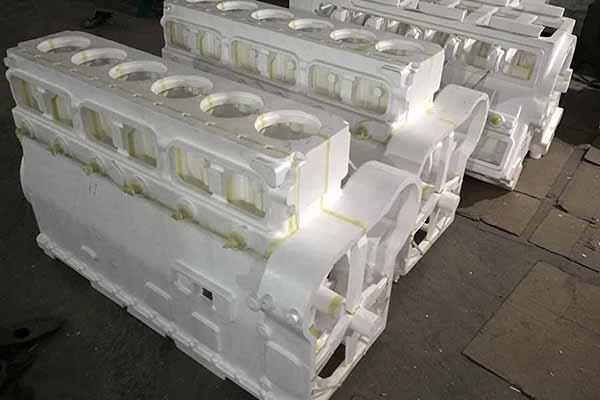 Foam Patterns
Foam Patterns Foam Patterns
Foam Patterns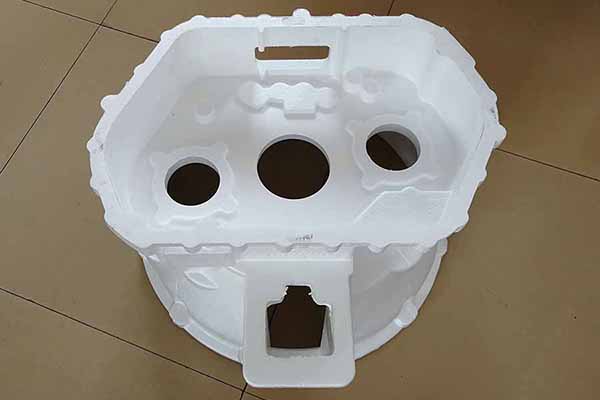 Lost Foam Master
Lost Foam MasterTo turn to the facilities of our other divisions, please click the following:
 русский
русский
